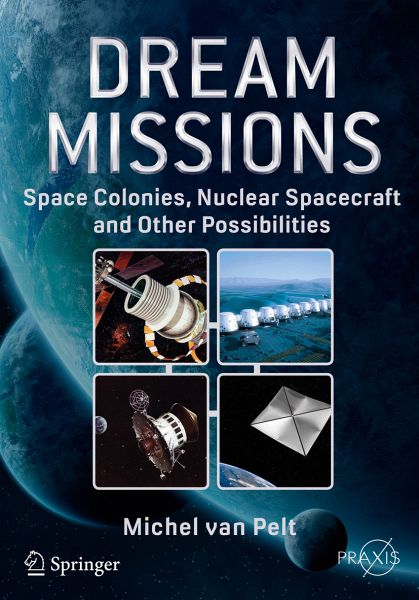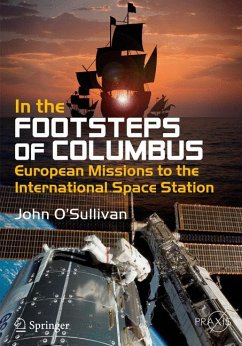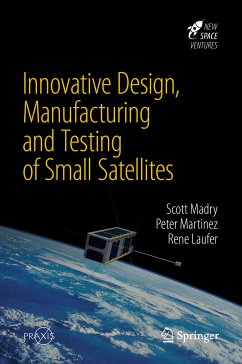
Dream Missions (eBook, PDF)
Space Colonies, Nuclear Spacecraft and Other Possibilities
Versandkostenfrei!
Sofort per Download lieferbar
30,95 €
inkl. MwSt.
Weitere Ausgaben:

PAYBACK Punkte
15 °P sammeln!
This book takes the reader on a journey through the history of extremely ambitious, large and complex space missions that never happened. What were the dreams and expectations of the visionaries behind these plans, and why were they not successful in bringing their projects to reality thus far? As spaceflight development progressed, new technologies and ideas led to pushing the boundaries of engineering and technology though still grounded in real scientific possibilities. Examples are space colonies, nuclear-propelled interplanetary spacecraft, space telescopes consisting of multiple satellit...
This book takes the reader on a journey through the history of extremely ambitious, large and complex space missions that never happened. What were the dreams and expectations of the visionaries behind these plans, and why were they not successful in bringing their projects to reality thus far? As spaceflight development progressed, new technologies and ideas led to pushing the boundaries of engineering and technology though still grounded in real scientific possibilities. Examples are space colonies, nuclear-propelled interplanetary spacecraft, space telescopes consisting of multiple satellites and canon launch systems. Each project described in this book says something about the dreams and expectations of their time, and their demise was often linked to an important change in the cultural, political and social state of the world. For each mission or spacecraft concept, the following will be covered:
. Description of the design. . Overview of the history of the concept and the people involved. . Why it was never developed and flown . What if the mission was actually carried out - consequences, further developments, etc.
. Description of the design. . Overview of the history of the concept and the people involved. . Why it was never developed and flown . What if the mission was actually carried out - consequences, further developments, etc.
Dieser Download kann aus rechtlichen Gründen nur mit Rechnungsadresse in A, B, BG, CY, CZ, D, DK, EW, E, FIN, F, GR, HR, H, IRL, I, LT, L, LR, M, NL, PL, P, R, S, SLO, SK ausgeliefert werden.












